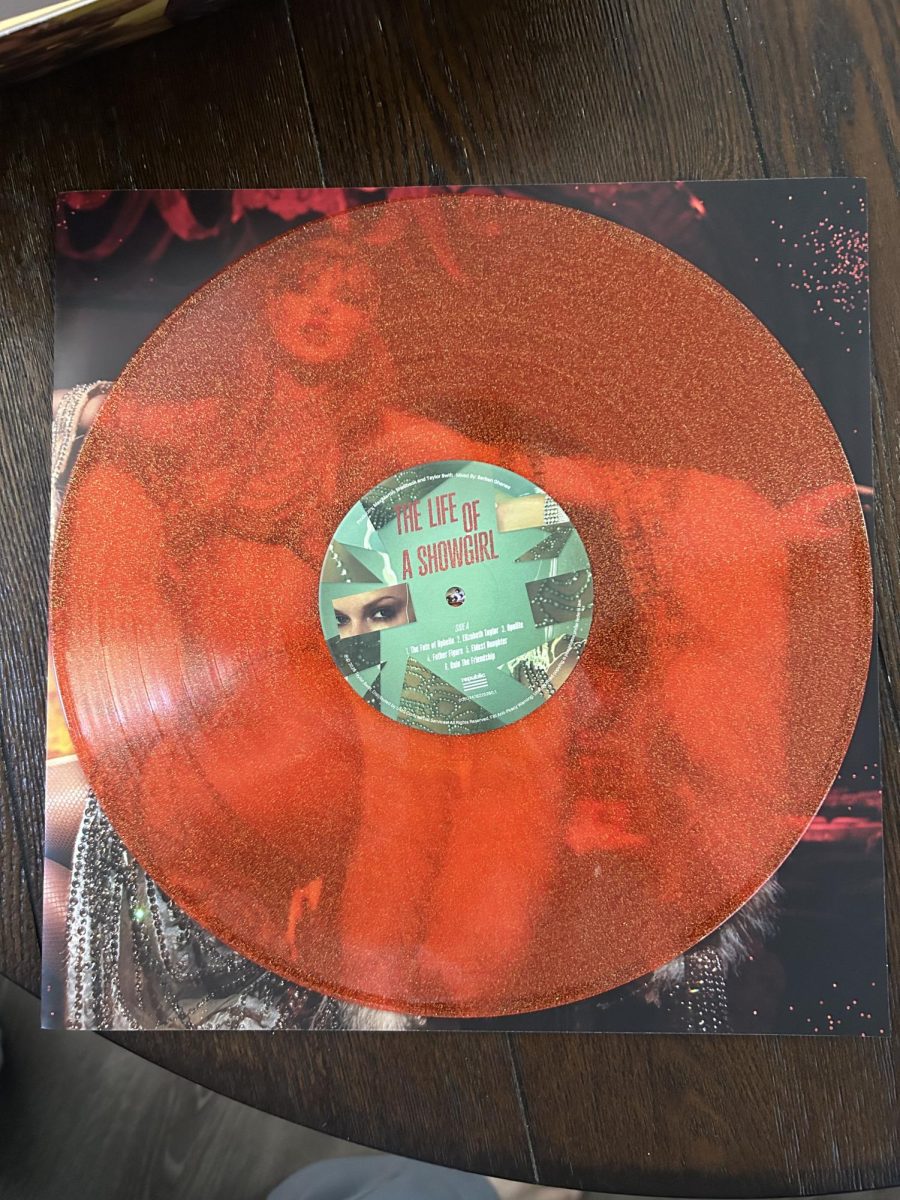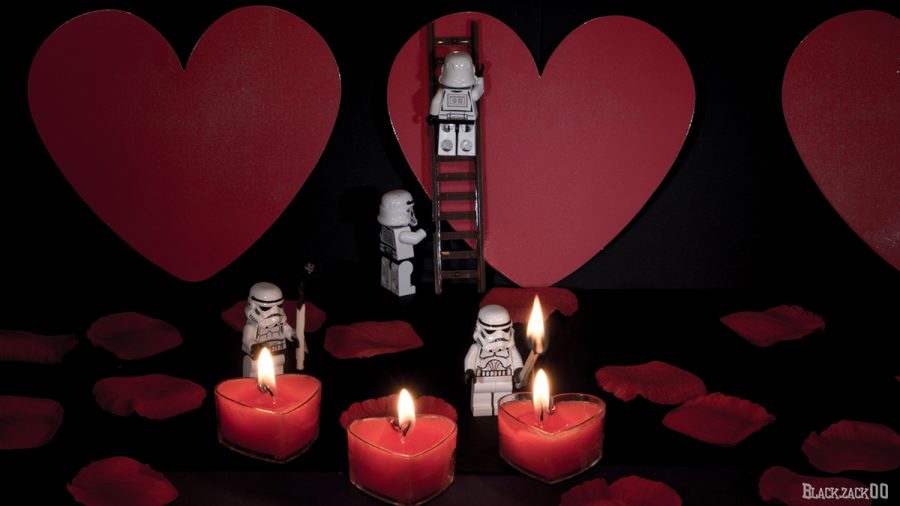The Curiosities Of Valentine’s Day
So Where Did Valentine’s Day Come From?
Valentine’s Day—holds a special place in the hearts of all those who celebrate. Whether you’re going to see that special person or just plan on staying at home with your self-gifted chocolates to watch rom-coms, Valentine’s Day is a beloved holiday for many. Most people who celebrate however don’t know the semi-controversial history behind what is now recognized for the acts of love and admiration from those we hold closest to us. This is the story of a day filled with joy to cover its blood stained past and how these traditions ended up the way they are now.
Although most people would assume Valentine’s Day first came to be after a loving event in history, historians actually argue whether or not Valentine’s Day was a cover up by the Catholic church for the Pagan holiday, Lupercalia. Starting in Rome during the 3rd century BCE, Lupercalia took place over three days as a festival to promote fertility. The festivities included sacrificial offerings such as goats and dogs, beating of women and covering them in rawhide, and random matchmaking of who were expected to spend the entirety of the holiday together. During the 5th century, Lupercalia was outlawed by Pope Gelasius after being deemed “un-Christian,” and was later reborn into the feast of St. Valentine.

Speaking of St. Valentine, it’s theorized that this label originated from a priest by that name that was slain on February 14th by the Emperor Claudius II Gothicus who rained over Rome from 41-54 AD. Although in Medieval times their tales have a more mythical backstory. Some stories say the Saint was marrying couples in secret as an attempt to prevent younger men from going off to war. Another story says St. Valentine was able to cure blindness and eventually fell in love with a girl whom he had healed, but after being imprisoned he wrote her a letter of which he signed: “From your Valentine.” This phrase is seen in almost every gift today. St. Valentine was honored for his death by the church who would celebrate his life on the day of his execution. Again these stories are only theorized with no evidence so it’s difficult to pinpoint the origins of this beloved Saint.
Flowers actually have a slightly longer history as well, starting in the 17th century with Charles the 2nd (of Sweden). Charles is said to have sent the first Valentine’s Day bouquet, further bringing in the “Persian language of flowers” into English culture. Although flowers have symbolized fertility, romance, and other similar things for centuries; this Valentine’s bouquet definitely popularized this flower language. Each flower in the bouquet would give a separate message, sending a whole letter without any words. Red roses are one of most popular flowers to put in your arrangements, the red symbolizes romance and love. A thornless red rose can even portray the message “love at first sight.”
In later events, English nobles of the 18th century began sending love letters during February which was considered to be “bird-mating season,” specifically that of doves. Doves have always been associated with romance and loyalty, but it was first seen in Greek mythology connected to the goddess, Aphrodite (or Venus) as they were said to flutter around her.
So where does cupid come into this considering there’s already a “Saint”? Well, cupid in Roman mythology is the son of Venus and if you know anything about mythology Venus is the goddess of love. He was known to shoot arrows at both humans and gods that were said to cause them to fall in love with each other immediately. The mischievous god’s image of him with his bow and arrow was popularized in the 19th century by Renaissance painters, creating a captivating image.
Americans began celebrating the holiday as early as the 17th century by giving one another handmade gifts. Although in the 1840’s Esther Howland reinvented gift giving by starting mass production of Valentine’s Day cards. After that it was extremely common to exchange cards and other small tokens of affection in a ton of countries. By the 1900s, due to the invention of printing, hand-made cards were pretty much thrown out the window entirely and were seen as outdated in comparison to their printed counterparts. In 1913 Hallmark, which is a staple nowadays in even other holidays, also began mass production of cards, which became the most popular option.
This timely holiday is not just celebrated in Europe and America, but it’s also celebrated in Canada, Mexico, and even Australia! Almost every country has their own separate tradition while the US and UK have the basic gift giving, I have to say other traditions tend to be far more interesting.
Starting with Denmark, people there celebrate by exchanging pressed white flowers in comparison to the general bouquet, it’s also traditional to send “joke” letters to loved ones.
In Estonia, Valentine’s Day is called Sobrapaev, and is a holiday to celebrate friendship instead of romance.
Ghana portrays Valentine’s Day as national chocolate day to promote their famous cocoa bean.
Taiwan, similar to the past Persian flower language, also gives bouquets with secret meanings, this bouquet is generally expected and would be considered a disappointment to receive less than.
South Korea has a rather interesting tradition that’s instead meant for men to get gifts and chocolates, while women have a separate holiday on March 14th.
I have to say the most adorable celebrations would be the traditional weddings in the Philippines, for over a decade Filipinos will gather to exchange vows at the same time; these weddings are normally even sponsored by the government. This Filipino tradition is not only sweet for the romantic part but it’s an affordable option as well so even more lower classes can celebrate their special day.
So how will you celebrate Valentine’s Day this year?
Your donation will support the student journalists of Brunswick High School. Your contribution will allow us to purchase equipment. We're a small program with little resources. Our goal is to purchase some updated, and much needed, cameras for the program.


































